Overview
Retatrutide peptide is a novel multi-receptor agonist studied for its unique ability to activate the GLP-1, GIP, and glucagon receptors simultaneously. This triple agonist profile distinguishes it from earlier incretin-based peptides, allowing for broader investigation of metabolic regulation, energy expenditure, and body weight management. Preclinical studies suggest Retatrutide peptide influences glucose balance, lipid metabolism, and satiety pathways, making it a promising tool in metabolic and obesity-related research.
Compound Breakdown
Retatrutide (10mg): Synthetic peptide agonist targeting GLP-1, GIP, and glucagon receptors. Studied for glucose metabolism, body weight regulation, and multi-pathway metabolic research.
Research Applications
Preclinical investigations into Retatrutide peptide include:
Glucose Regulation → studied for improving insulin sensitivity and lowering blood glucose.
Weight Regulation → examined for effects on energy balance, satiety, and body composition.
Lipid Metabolism → investigated for impact on cholesterol, fatty acid oxidation, and triglyceride regulation.
Multi-Pathway Metabolic Research → explored for simultaneous activation of GLP-1, GIP, and glucagon receptors.
Comparative Models → studied against single and dual incretin agonists to evaluate enhanced efficacy in metabolic regulation.
Related Categories
Retatrutide is part of the Metabolic category. It is often compared with Tirzepatide and Semaglutide in incretin pathway and weight regulation research.
Compliance Statement
All Not Labs products are strictly for research use only and are not intended for human or veterinary use.

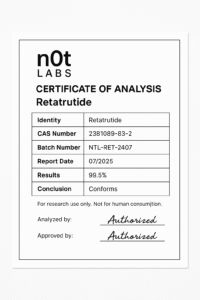
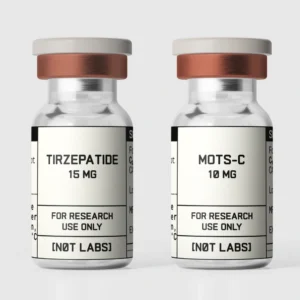
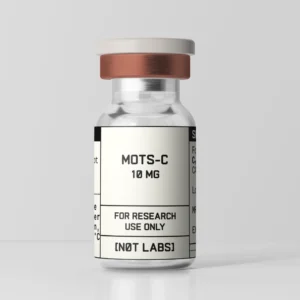
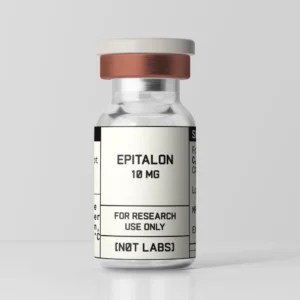
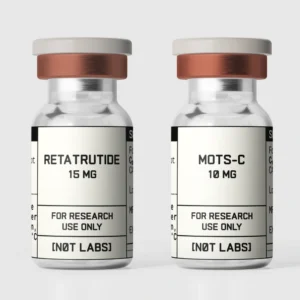
Reviews
There are no reviews yet.